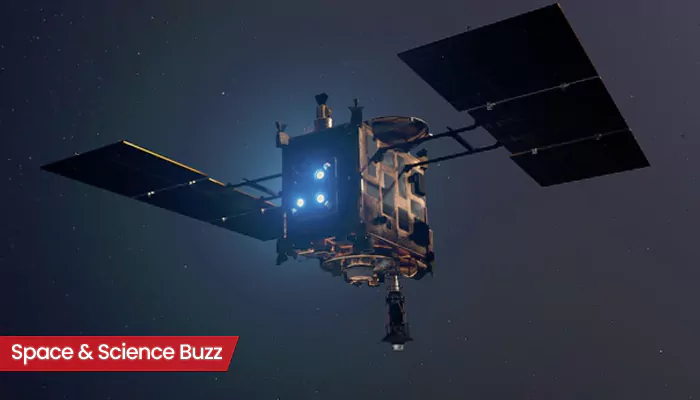Moon's Stabilizing Presence
The Moon plays a critical role in stabilizing Earth's axial tilt, which is the degree to which the planet is tilted on its axis relative to its orbit around
the Sun. Without the Moon's gravitational influence, Earth's tilt could vary wildly, potentially leading to extreme climate changes. This would cause severe fluctuations in temperature, ice ages, and drastically alter seasonal patterns, leading to a chaotic and unstable environment that would be inhospitable to life as we know it. Therefore, the Moon acts like a steadying hand, keeping Earth's climate relatively consistent over long periods.
Tidal Influence Explained
The Moon is the primary driver of Earth's tides, pulling on our planet's oceans with its gravitational force. This force creates bulges of water on opposite sides of the Earth: one directly facing the Moon and another on the opposite side. These bulges are high tides, and as the Earth rotates, different locations pass through these bulges, experiencing the rise and fall of tides. While the Sun also exerts a gravitational pull, the Moon's closer proximity makes its influence on tides significantly stronger. This rhythmic ebb and flow of the tides is a fundamental aspect of coastal environments.
Lunar Formation Mystery
Scientists generally believe the Moon formed billions of years ago, from the debris of a massive collision between a Mars-sized object, often called Theia, and a young Earth. This impact ejected vast amounts of material into space, which eventually coalesced under gravity to form the Moon. Evidence supporting this theory includes the Moon's composition, which is remarkably similar to Earth's mantle. This theory, known as the Giant-impact hypothesis, helps explain the Moon’s relatively large size compared to Earth and provides a plausible explanation for its origin.
Moon's Lack of Atmosphere
Unlike Earth, the Moon has virtually no atmosphere. This absence is primarily due to its low gravity, which is insufficient to hold onto gas molecules. Without an atmosphere, the Moon is exposed to the full intensity of solar radiation and micrometeoroid impacts. The lack of an atmosphere also means there's no weather, wind, or sound transmission. The surface temperature on the Moon varies drastically, ranging from extremely hot during the day to incredibly cold at night. This harsh environment makes the Moon a challenging place for life as we know it to exist.
Lunar Phases Unveiled
The Moon's phases, from new moon to full moon and back again, are a familiar sight. They arise from the changing angles at which we view the Moon's sunlit surface as it orbits Earth. A new moon occurs when the Moon is between the Earth and the Sun, and the sunlit side faces away from us. As the Moon orbits, we see more and more of the illuminated surface, leading to a waxing crescent, first quarter, waxing gibbous, full moon, waning gibbous, third quarter, waning crescent, and finally, back to a new moon. These phases happen in a predictable cycle that takes approximately 29.5 days to complete.
Moon's Surface Composition
The Moon's surface is characterized by craters, mountains, and vast, dark plains called maria (Latin for 'seas'). The maria are actually ancient volcanic plains, formed by lava flows billions of years ago. The craters were created by impacts from asteroids and meteoroids over the eons, preserving a record of the solar system's history. The lunar surface is also covered in regolith, a fine layer of dust and rock fragments created by constant impacts and cosmic radiation. This regolith contains valuable resources, such as helium-3, which scientists are studying for potential future use.
Moon's Influence on Life
The Moon's influence extends beyond its effects on tides and climate stabilization. Its presence has likely played a key role in the development and evolution of life on Earth. The stable climate and predictable tidal patterns fostered environments where early life could thrive. Furthermore, the consistent illumination from the Moon provided a natural light cycle, which may have been critical for biological processes. The Moon's gravitational influence may have also contributed to the development of life by stirring the oceans and distributing nutrients, thereby making life possible.






